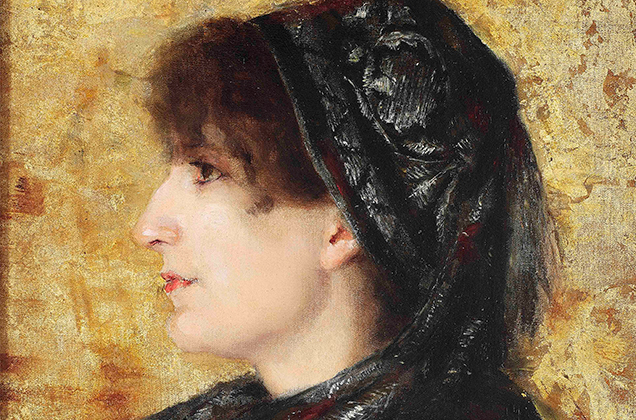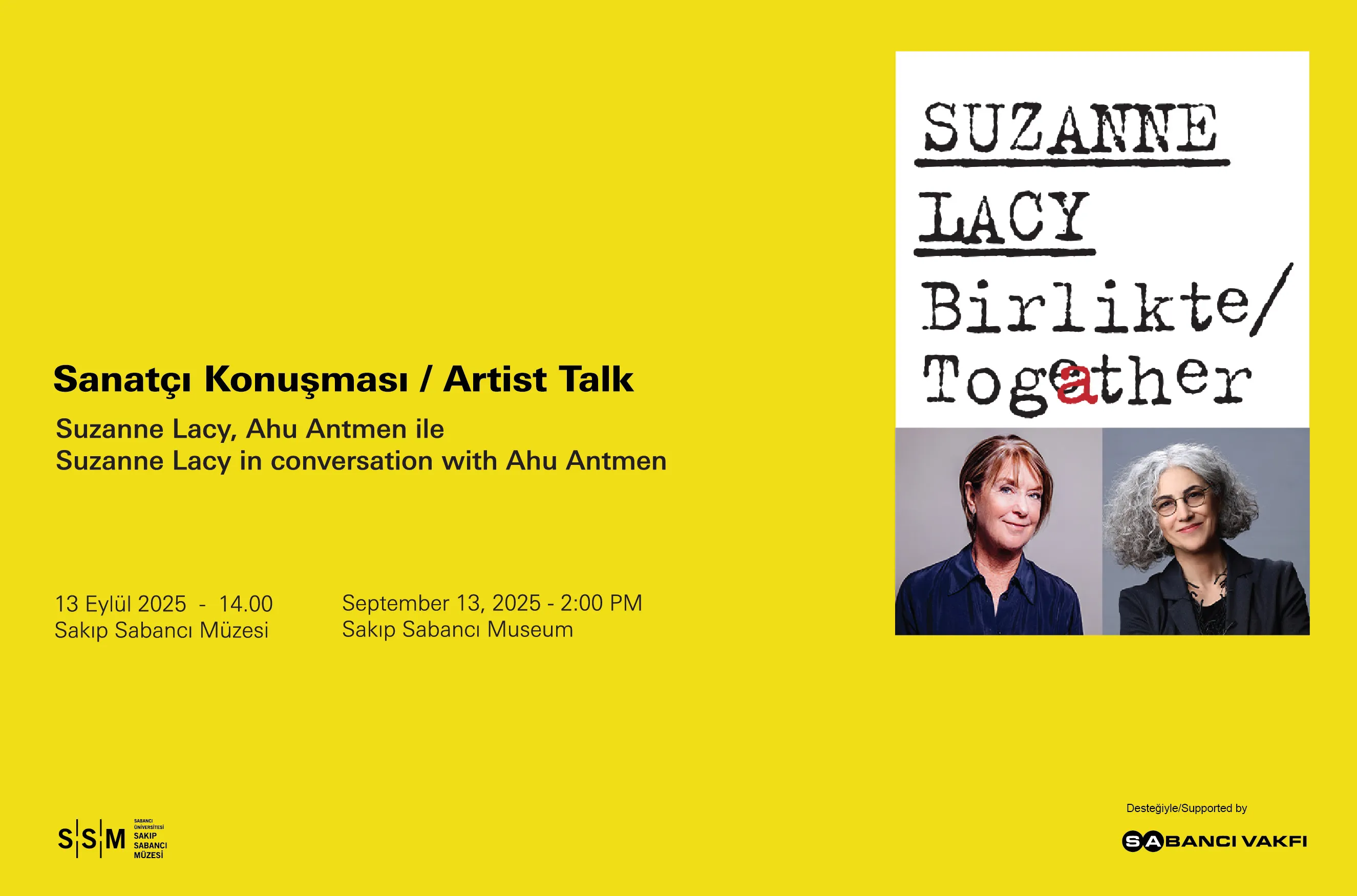25/06/2018
The worldwide "Art Conservation Project" implemented by Bank of America Merrill Lynch completed the conservation of and research about six paintings by Osman Hamdi Bey in the Sabancı University Sakıp Sabancı Museum Collection with a team that included Sabancı University scientists. An exhibition titled Osman Hamdi Bey: Beyond the Visible can now be visited at the Atlı Köşk and explains the phases of the project.

The research and conservation of six paintings by Osman Hamdi Bey in the Sabancı University Sakıp Sabancı Museum Collection had begun in 2016. Being part of the worldwide "Art Conservation Project" implemented by Bank of America Merrill Lynch, and the most extensive conservation and research effort on Osman Hamdi Bey paintings in Turkey, the project is now made available to viewers as an exhibition in Atlı Köşk called Osman Hamdi Bey: Beyond the Visible.
The project involved a comparative study of painting techniques, previous restoration work, and other details of the artist's work and production based on his six paintings: Vazoda Çiçekler, Kuran Okuyan Hoca, Kokona Despina, Naile Hanım Portresi, Arzuhalci and Cami. The exhibition Osman Hamdi Bey: Beyond the Visible reveals the artist's painting technique and creates a detailed narrative of art conservation and a roadmap for future work.
As the first of its kind in Turkey, the project showed that scientific methods could be a way to garner more information about the technique of an artist, and provided other means to date an artist's works. The project also guided comparative work on the techniques and materials found in paintings attributed to Osman Hamdi Bey.
The first step in the project was to use X-ray imaging to reveal any previous restoration work, the locations of heavy metal-containing paint, and remnants in substrata that were not visible to the naked eye. These illustrated the sketches done by Osman Hamdi Bey prior to applying paint, his painting techniques, and the life cycle of the paintings. This was followed by chemical analyses to determine the structure of the materials used by the artist, as well as colors, layers of paint, and textures. The organic structures of the canvas in all six paintings were studied using Fourier-transform infrared spectroscopy (FTIR) and the data was classified using principal components analysis.
It was observed that the natural aging process led to cracks and peeling in the paint, and yellowing in the clear varnish. After the works were cleaned and reinforced, a conservation procedure was also applied.
Efforts to ensure the integrity of Osman Hamdi Bey paintings into the future entailed collaboration between Sabancı, Koç and Istanbul Technical Universities, while the Getty Conservation Institute contributed to test result assessment.


